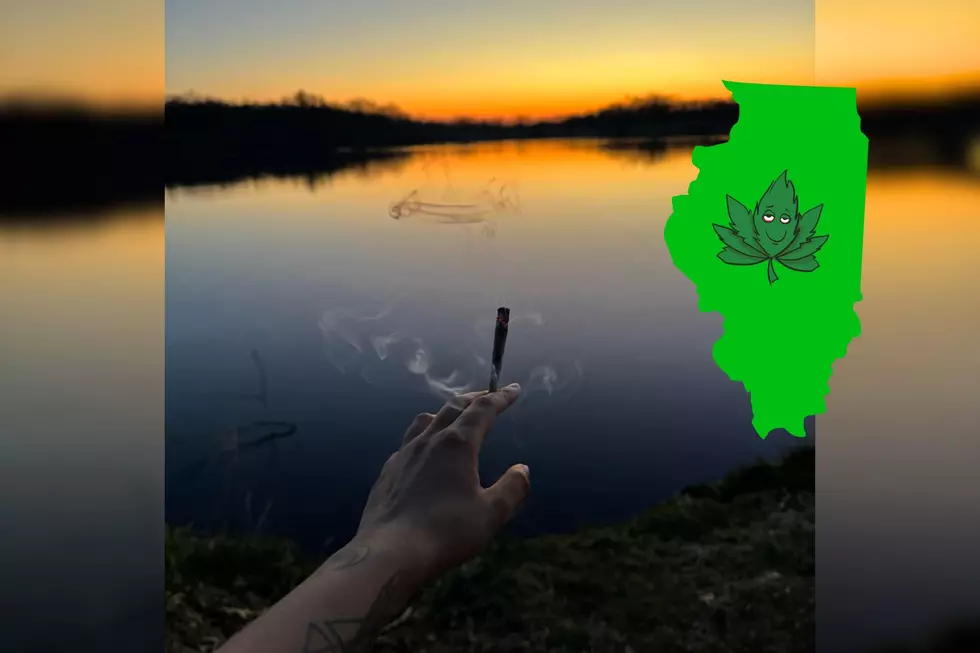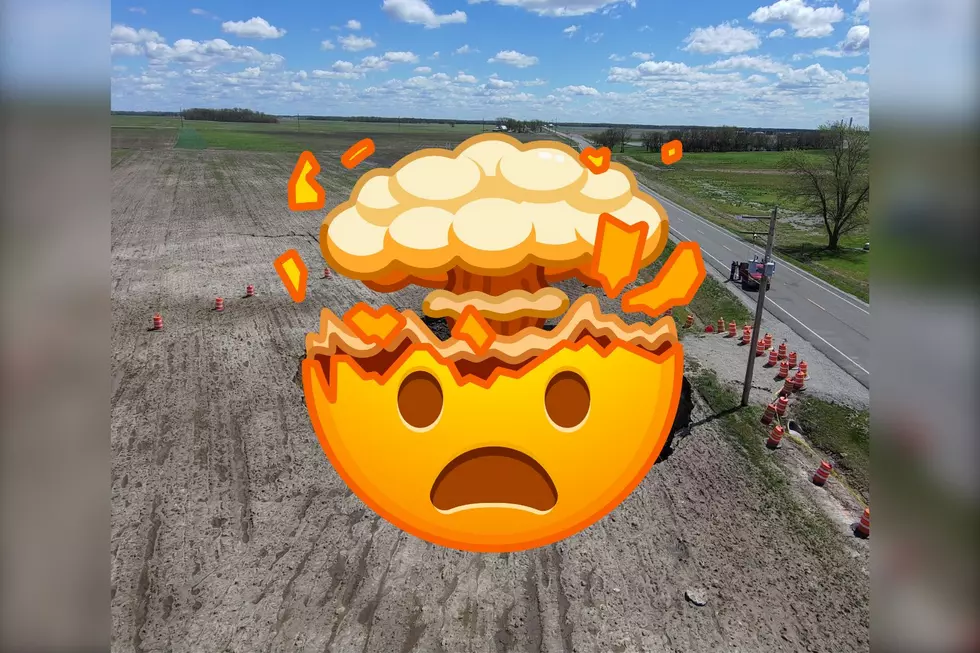
Solar Storm Means Northern Illinois May See The Aurora Borealis This Week
It's been a pretty interesting month of August when it comes things like meteor showers and super moons--but the best may be yet to come, and it may happen as early as tonight in the skies over Northern Illinois.
Normally, for a good look at the Northern Lights/Aurora Borealis, you need to get yourself way north of here. However, thanks to some serious solar activity, we still might get to see the Aurora Borealis from our own backyards.
Going by information issued by the National Weather Service, a geomagnetic storm watch has been issued for parts of the northern United States due to a series of Coronal Mass Ejections (CMEs) that have been ejected by the sun in recent days.
Earth could potentially see what is known as a “Cannibal CME.” When two CME’s are ejected from the sun in short succession, and when the second CME ends up overtaking the first one on the way to Earth, it is known as a “Cannibal CME,” causing a huge surge in Aurora Borealis activity
Okay, so let's cross our fingers for a Cannibal CME because a huge surge in Aurora Borealis activity is just what we're looking for.
Not that the sun ever looks hospitable, but when these CMEs take place, everything about the sun seems a bit more chaotic. Here's what they look like:
Here's What To Do If You Want To See The Aurora Borealis Over Northern Illinois
The National Weather Service says that (at this point, anyway) the overnight weather tonight and tomorrow night should be very clear, and with the full moon having already passed, your chance for a better view goes up quite a bit.
There's also the usual advice to get to dark areas, away from city lights, and to find a location with a clear view of the northern sky. Then, just keep your eyes peeled and you might get a visual treat that we don't often see around here.
LOOK: The most extreme temperatures in the history of every state
LOOK: Here are the best small towns to live in across America
More From 97 ZOK






![[UPDATE] 5 Chain Restaurants We Want to Come to Rockford](http://townsquare.media/site/721/files/2024/04/attachment-FI-Chain-Restaurant-Wishlist-2.jpg?w=980&q=75)


